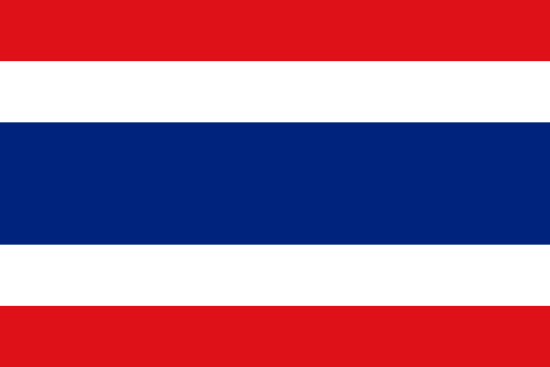"สวรรค์บนพื้นดิน | Heaven on Earth"
About:
Ko Samui, a Thai island in the Gulf of Thailand, was probably first inhabited around 15 centuries ago by fishermen from the Malay Peninsula and Southern China. It remained an isolated, self-sufficient community until the late 20th century, engaged in subsistence fishing and coconut farming. The island's tourism potential was discovered in the 1970s, and since then, it has become a major tourist destination. Despite its rapid development, Ko Samui has maintained a balance between modernity and its traditional culture and natural environment.
When to visit:
Ko Samui, a tropical island located in the Gulf of Thailand, experiences two main seasons: the dry season and the monsoon season. The best time to visit Ko Samui for a holiday is during the dry season, which typically runs from December to February. During this time, you can expect clear skies, sunny days, and comfortable temperatures, making it ideal for beach activities and outdoor exploration. It is important to note that peak tourist season falls during these months, so it is recommended to book accommodations and activities in advance to ensure a smooth and enjoyable holiday experience.
When to avoid:
Ko Samui, an island located in the Gulf of Thailand, experiences a monsoon season typically lasting from September to December. During this time, heavy rainfall and strong winds can disrupt travel plans and outdoor activities, making it the least favorable time to visit the island. Tourist amenities may also be limited, as some businesses close down temporarily during the monsoon season. Travelers seeking to avoid inclement weather and fully enjoy the island's offerings are advised to plan their visit during the dry season, which generally spans from January to August.
Monsoon Season (October-December)
Ko Samui's wettest period is from October to December, with November being the peak rainy month. Temperatures average around 27°C, but humidity is high due to frequent rain showers. Rainfall can reach up to 500mm in November. Sunlight is limited with an average of 6 hours per day, and cloud cover is extensive. An average day for a visitor might start with brief sunlight, followed by heavy, short-lived downpours, and then overcast skies. Despite the rain, the island maintains its tropical charm with lush greenery and fewer crowds.
Hot Season (February-April)
The warmest part of the year in Ko Samui, Thailand, typically spans from February to April. During these months, daytime temperatures usually hover around 30-34°C (86-93°F), while at night, it cools down to around 26-28°C (79-82°F).
Rainfall is relatively low during this period, with February being the driest month. However, occasional brief showers can occur, usually in the late afternoon or evening. The overall monthly rainfall averages around 30-80mm.
Sunlight is abundant with an average of 8-9 hours of sunshine per day, providing ample time for beach activities and exploration. However, the UV index is high, so sun protection is necessary.
Humidity is fairly high, usually around 70-85%, which can make the heat feel more intense. It's advisable to stay hydrated and take breaks from the sun when needed.
Cloudiness varies, with some days being clear and others having a mix of cloud and sun. However, generally, the skies are more clear than cloudy, offering beautiful sunset views.
A typical day for a visitor during the warmest part of the year in Ko Samui might involve enjoying the sunny beaches in the morning, exploring the local attractions during the afternoon, and retreating to a shaded or indoor area during the peak heat hours. Evenings are perfect for beachside dining or relaxing walks, enjoying the warm tropical nights.
Language:
In Ko Samui, the most commonly spoken language is Thai, given that it is part of Thailand. However, due to its status as a popular tourist destination, English is also widely spoken, particularly in hospitality and tourism sectors. Additionally, you may also hear other languages such as Mandarin, German, and French, spoken by both tourists and expatriate residents.




